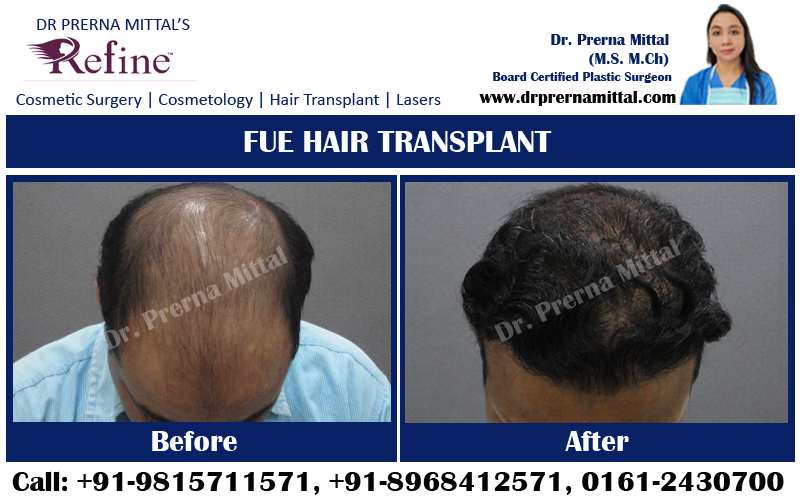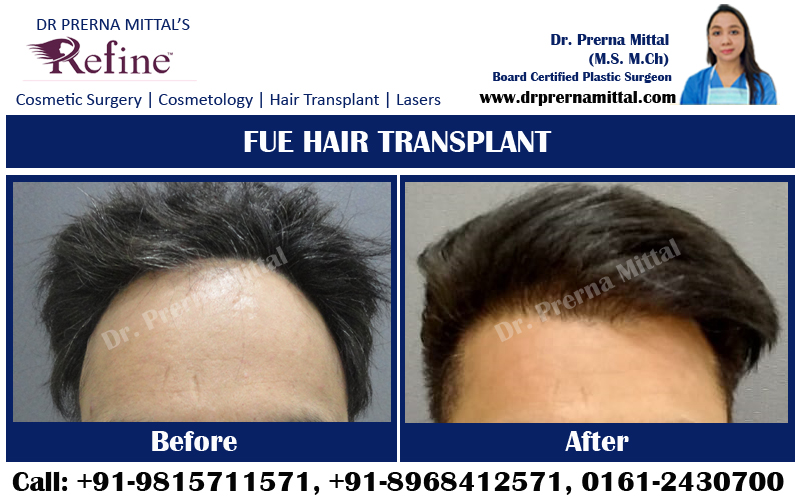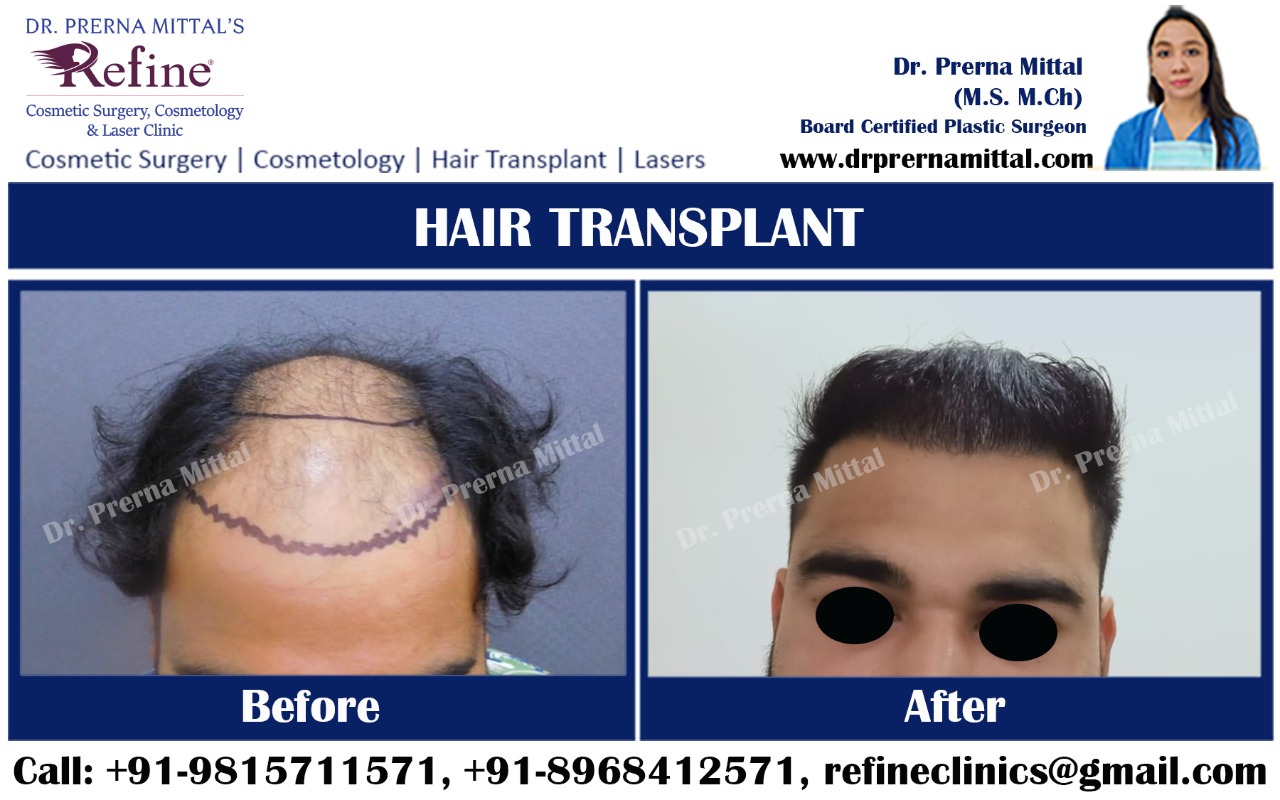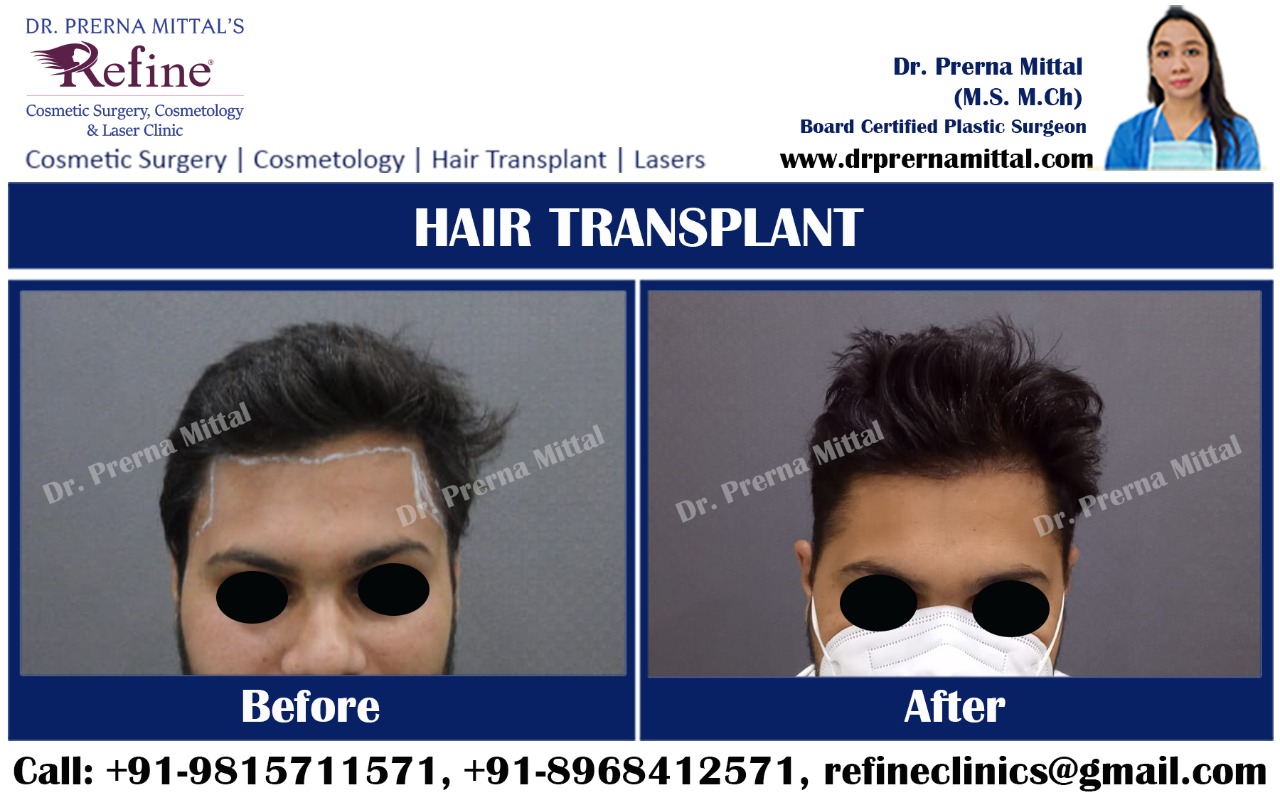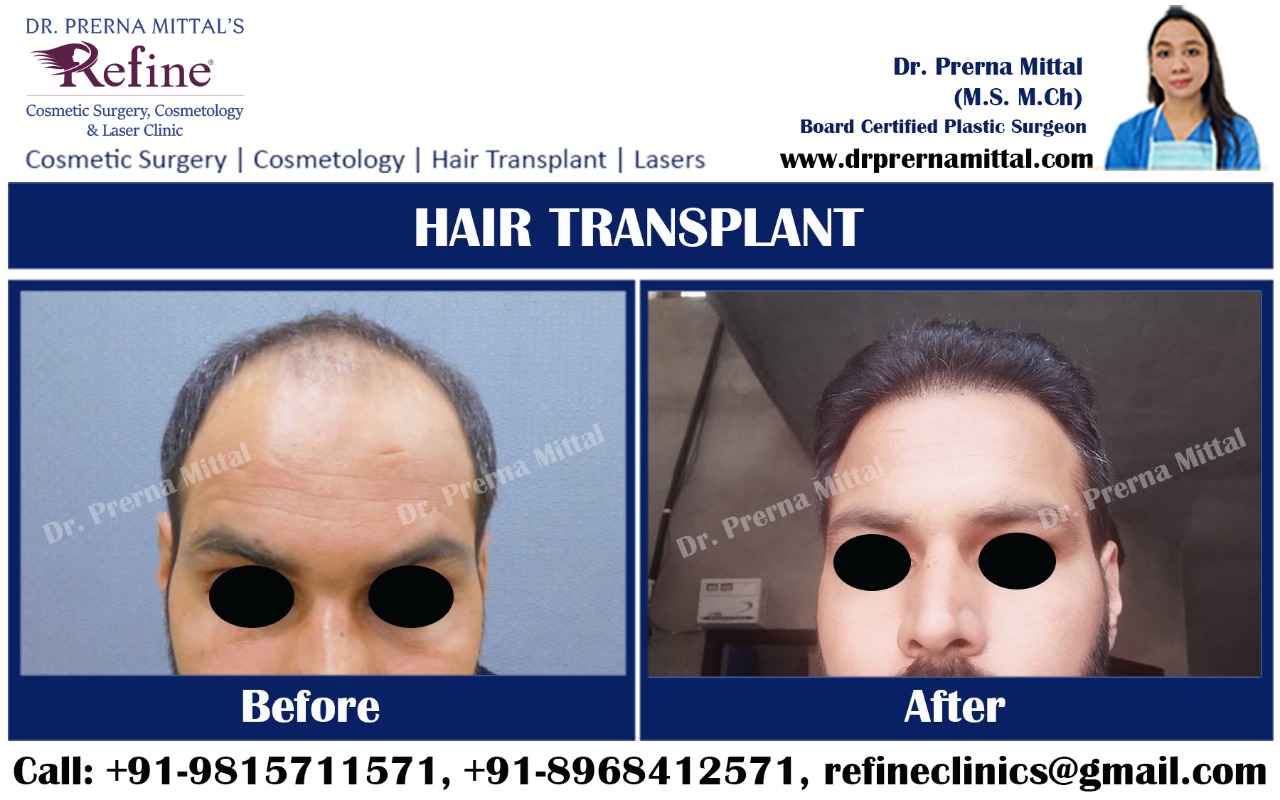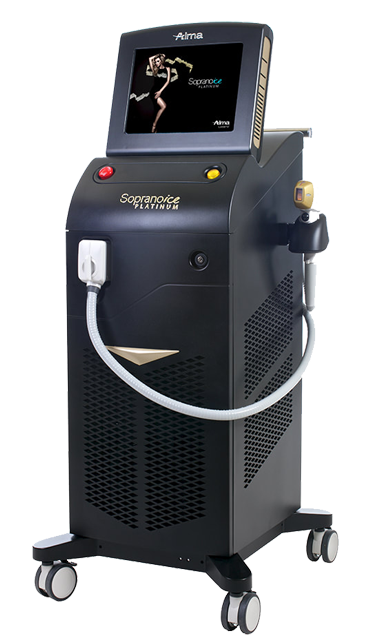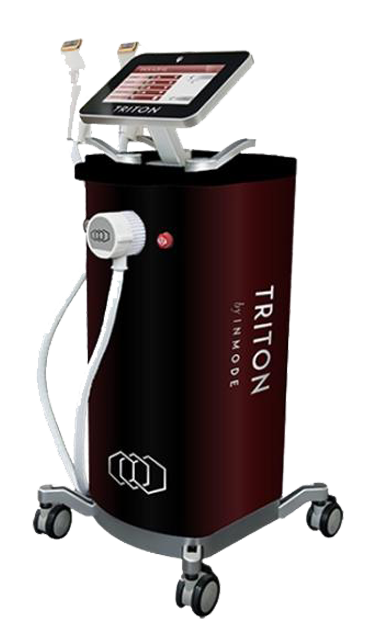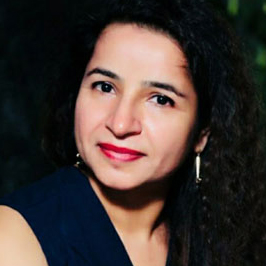Frequently Asked Questions
1. Am I a Good Candidate for Hair Transplant?
For a better looking hair and overall personality, hair transplant Surgery is a quick remedy. However to be an eligible candidate, following points must be adhered to:
- You must have realistic expectations about the surgery and that hair loss may continue even post the surgery
- You have been a victim of hair loss for more than five years.
- The hair surgery must be resorted to after attempting other ways to recover hair.
- A man whose hair balding pattern has stabilized will get better results in surgery.
- People who have lost hair in any accident or trauma will benefit from the surgery.
- Hair lost post any surgical intervention can also be recovered.
- You should have enough healthy hair on the back or sides to transplant the thinner sides.
With realistic expectations and the above criteria kept in mind, hair replacement surgery would provide best and natural looking results.
2. What are the Steps in Hair Transplant Surgery?
There are various methods of hair transplant and the two basic steps involved in each are as follows:
i. Harvesting
This step involves extracting hair follicles from a donor site on the scalp (usually the back of the head) which has higher density of hair. Small pieces or grafts are removed, which may be micro grafts of one or two hair or mini-grafts of few hair or even larger grafts of up to 40 hair.
ii. Transplanting
In the second step the extracted hair follicles are then harvested into the recipient bald patches. Tiny incisions or holes are made in the bald scalp and then the grafts are inserted. The hair on the donor sites continue to grow forever, so even the donor site remains unaffected after giving hair follicles.
3. What are the Types of Hair Transplant Surgeries?
The basic steps being harvesting and transplanting, the variations in techniques have given rise to the following techniques of hair transplant:
FUE- Follicular Unit Extraction
This is simple and effective outpatient surgery aiming at restoring permanent hair resembling the natural hair. In this technique the hair are extracted from the donor site one-by-one.
With a micro-needle, a tiny incision using a micro-blade is made around the hair follicle, each unit of which contains one to four hair. This group of one to four hair is then transplanted into the bald areas of the head. The donor area is saved from major incisions.
This may be time consuming but has following advantages:
- Causes less damage risk to hair follicles
- Saves the donor site of a bigger incision, hence less invasive
- Better results and precision
- Causes less damage risk to hair follicles
- Ideal for patients who want short hairstyles
FUT- Follicular unit Transplantation or Hair Transplant Strip Method
This is a highly advanced technique where linear strips of hair tissue or groups of hair follicles are removed from back and sides of resistant ‘donor’ site. The donor site has lesser hair fall and thicker hair growth and is resistant to balding. The follicular graft units are then inserted in the recipient area in a single session.
There are various advantages of this technique:
- Suitable for people who have larger bald areas
- Replicates a natural growth in the bald areas of the scalp
- The scar of incision is fairly invisible with Trichophytic Closure
- Covers large bald areas in single sitting
- Graft quality is high as follicular units
4. Is there any flip side or risk of Hair transplant Surgery?
Hair transplant is a permanent solution to baldness and lower self-esteem. It is a process of achieving natural looking hair growth. However following risks should be kept in mind:
i. The patient must be in good general health for recovery to be effective and timely.
ii. If the hair loss is genetic and the surgery is done in early years, the hair loss may continue even after the surgery.
iii. General surgery risks like bleeding, infection, itching or swelling in the scalp might persist.
iv. The side-effects of anesthesia although rare cannot be ignored.
5. How long is the Hair Transplant Recovery time?
This is an outpatient surgery and the patient can resume work in five days post-surgery. After the hair transplant the doctor will put you on antibiotics and anti-inflammatory medications.
Hair may start to fall out after two or three weeks of surgery and this process is called hair loss shock. New hair growth will be seen nearly after eight to twelve months. Hair shall continue to grow contingent upon the scalp laxity, hair quality and density of follicles.
Make sure you gently wash your hair as per the surgeon’s instructions and adhere to the post-operative instructions.
6. How to Choose the Best Surgeon/ Clinic for Hair Transplant in Punjab?
The surgeon should be meticulously chosen as the experience and forte of the surgeon really affects the recovery as well as the quality of hair growth. The following criteria help in choosing the best surgeon:
- The number of years of experience in Hair Transplant Surgeries
- The availability of latest techniques
- Cost-effective hair restoration process
- Patients' testimonials and satisfaction
- The efficacy in consultation and analysis
Dr. Prerna Mittal is a burgeoning name in the most capable and effective hair transplant surgeons in Ludhiana as well as Punjab. She has a proven track record of innumerable successful hair restoration and transplant surgeries. Added feathers in the cap are her highly recognized credentials and qualifications which make her ace cosmetic surgeon in Punjab. With a pleasant mannerism and highly effective diagnosis and analysis, she is building an indelible name in the field of Hair Transplant.




























